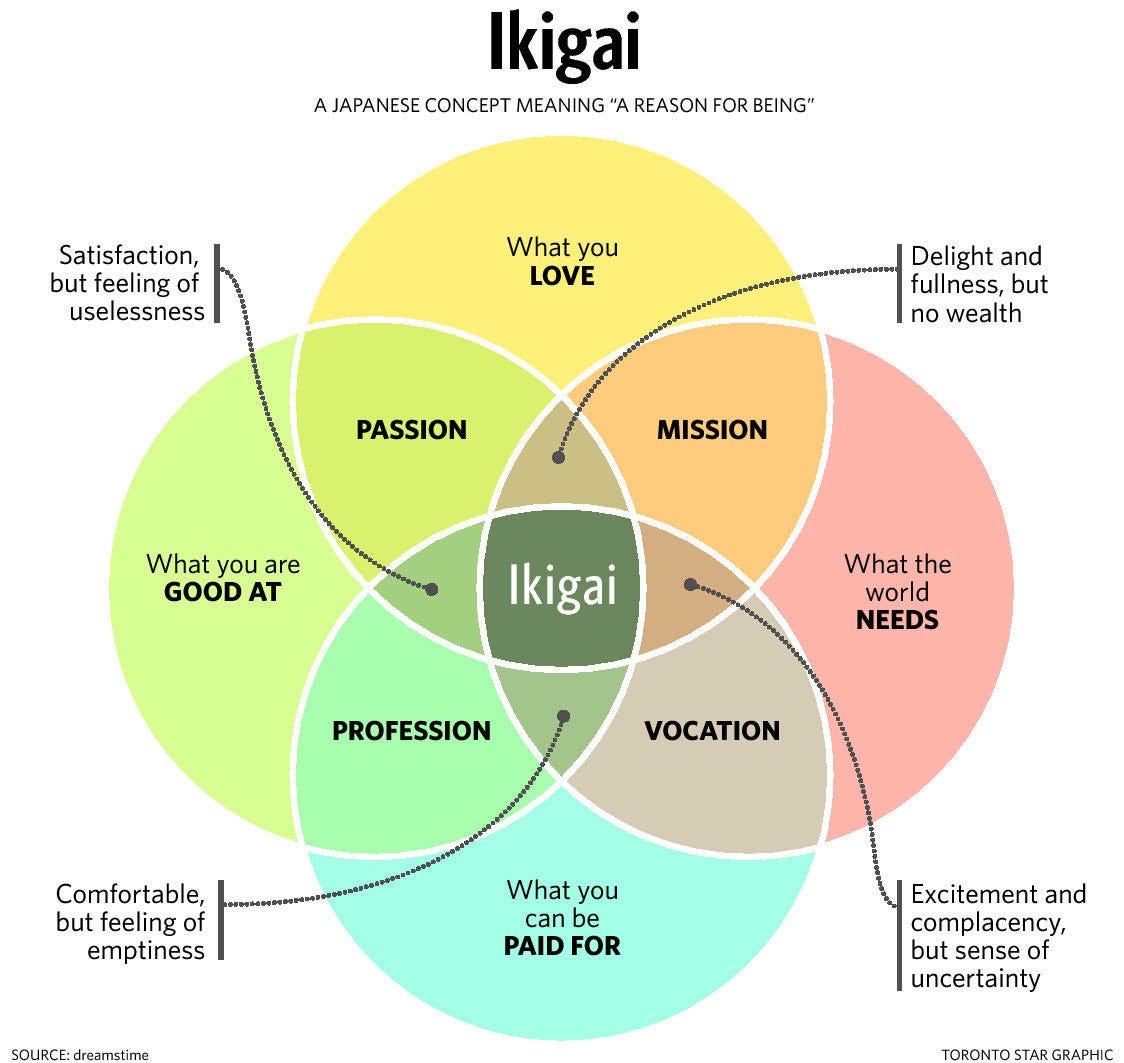She's my current daily ride. She's the first bike I own since coming to study in Japan. We had some on-and-off relationship for a while: I'd been going with another bikes for times, and she'd been with other guys too. Well, no jealousy here. She was also in another city for a while I was involved in a rural revitalization project, which in the end I went home with another bicycle [in addition to her still in my possession] by the time the project concluded.
I use the bottle cage for a light rain jacket as I rarely do any ride which requires me to bring some water bottle. The pannier rack is for grocery and other weird things I transport on errands. Saddle isn't that high as I often ride her with pair of slippers/crocs rather than proper shoes. The stem is slammed to the bottom 'cause the clampable portion of the fork is already so short, even without spacers and stuff.
The fork she originally came with was broken, she once had a suspension fork, but now I settled with 700c fork with V-brake bosses. V-brake is nice that you can fit a wider tire. But with lever designed for dual pivot caliper brake, you need to true your rim really nice to avoid rubbing, or just ignore it as long as it isn't so serious. She sports 25c at the moment which is getting duller everyday, I am a broke student.
The fork she originally came with was broken, she once had a suspension fork, but now I settled with 700c fork with V-brake bosses. V-brake is nice that you can fit a wider tire. But with lever designed for dual pivot caliper brake, you need to true your rim really nice to avoid rubbing, or just ignore it as long as it isn't so serious. She sports 25c at the moment which is getting duller everyday, I am a broke student.
I am learning to bunny-hop with her. I can now lift my front wheel, I can lift my rear wheel, but linking the latter while the front wheel is still on the air is not in my curriculum vitae, yet. Neither is proper manual.
Sorry for the chain, I am such a poser T_T


